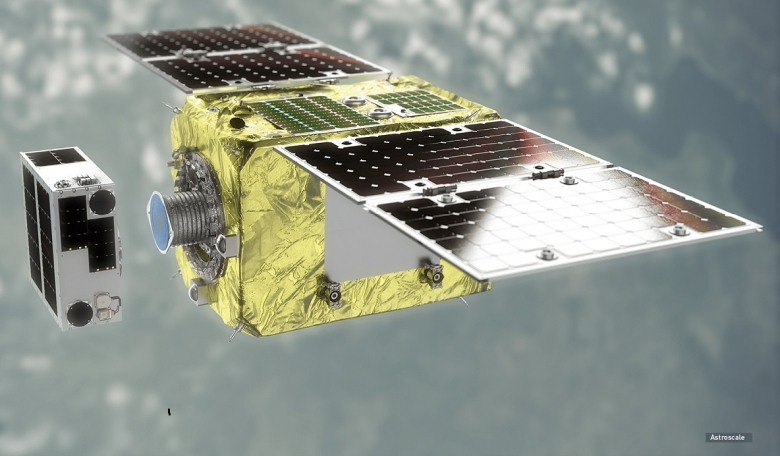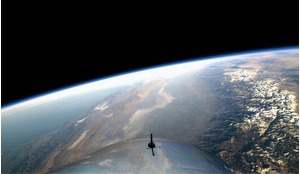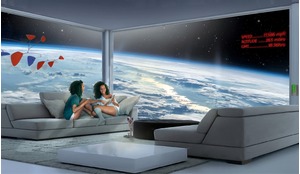It is widely agreed that the deployment of unprecedented numbers of satellites in the next five to ten years will contribute to more crowded and dangerous orbits. As such there is a need for satellite operators to protect, manage and optimise services in an increasingly congested environment.
In-orbit collisions are low-probability but high-impact events. In 2009, for example, two satellites (the operational Iridium 33 and inactive Kosmos-2251) collided in orbit, resulting in over 2000 debris objects, many of which remain in orbit today. Near-miss events happen much more frequently: for example, in October 2020, LeoLabs monitored a very high-risk conjunction between two large, defunct objects in low Earth orbit (LEO), calculating the probability of collision to be between one and twenty percent.














